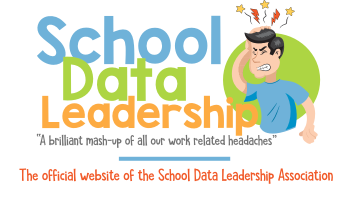Include all stakeholders in a process of continuous improvement (reflection, revision, and modification) based on the systematic review of evidence and progress.
Educational leaders play a pivotal role in orchestrating this process, ensuring that it is collaborative, transparent, and evidence-based. Below is a detailed breakdown of how to implement this standard effectively:
Communication
Effective communication is foundational to engaging all stakeholders in the improvement process. Regular updates, meetings, and feedback channels should be established to keep everyone informed and involved.
- Create clear communication channels: Use newsletters, school websites, and social media to communicate ongoing processes and changes. For instance, tools like Smore can help create engaging newsletters for school updates.
- Host regular meetings: Schedule consistent, open-forum meetings where stakeholders can discuss progress and express concerns. Tools like Zoom or Google Meet can facilitate virtual participation.
Engagement
Stakeholder engagement is not just about keeping everyone informed but also actively involving them in the decision-making process.
- Involve stakeholders in committees: Form committees that include teachers, parents, students, and community members to review data and suggest changes.
- Surveys and feedback tools: Regularly gather feedback through tools like SurveyMonkey or Google Forms to understand stakeholder satisfaction and concerns.
Evaluation
A systematic review of evidence is crucial to measure the effectiveness of current practices and identify areas for improvement.
- Data-driven decision making: Use student performance data, survey results, and other relevant data to guide discussions and decisions. Educational data platforms like Illuminate Education can assist in compiling and analyzing this data effectively.
- Professional development on data literacy: Ensure that staff understands how to interpret and use data effectively. Organizations like Data Quality Campaign provide resources and tools to improve data literacy.
Adaptation
The final step in the continuous improvement process is making informed changes based on the evaluation of evidence.
- Pilot and phase approaches: Implement changes on a small scale to test their effectiveness before a full rollout. This can mitigate risks and allow for adjustments based on initial feedback.
- Document and share progress: Use platforms like Padlet or a dedicated section on the school’s website to share updates on how feedback is being implemented and the impact of changes.
Example Implementation
To put this standard into action, an educational leader could start by organizing an initial meeting to discuss the goal of forming a continuous improvement committee. Using digital tools, stakeholders can be surveyed to identify initial areas of concern or interest. Once data is collected and analyzed, the committee can meet to discuss findings and propose initiatives. These proposals can then be piloted in selected classrooms or departments, with regular check-ins and data collection to monitor progress. Adjustments are made based on ongoing feedback and final outcomes are shared with the wider school community.
By fostering an environment where every stakeholder has a voice and decisions are informed by clear, relevant data, educational leaders can ensure that the process of continuous improvement is dynamic and effective, leading to sustained enhancements in educational outcomes.
